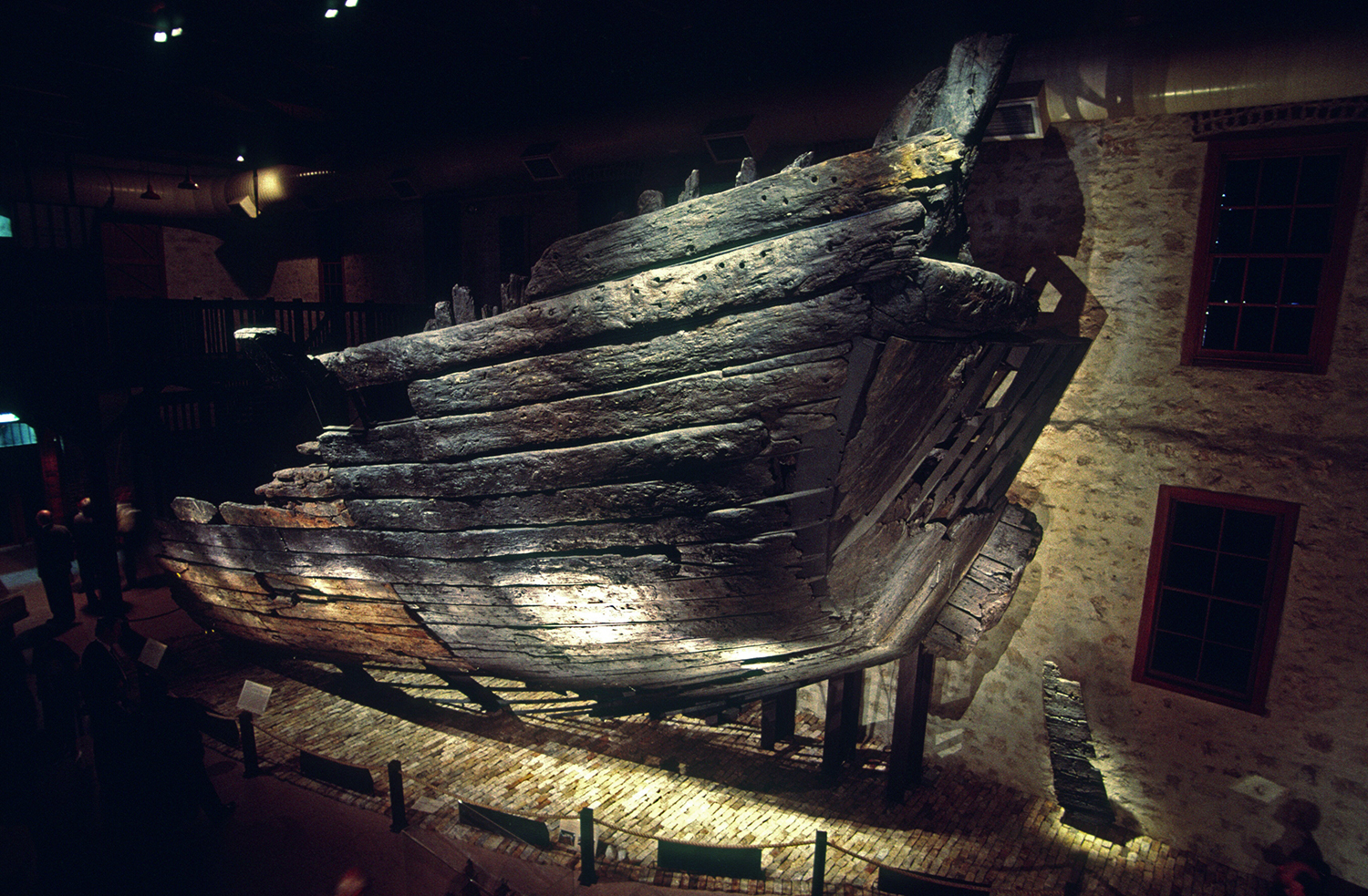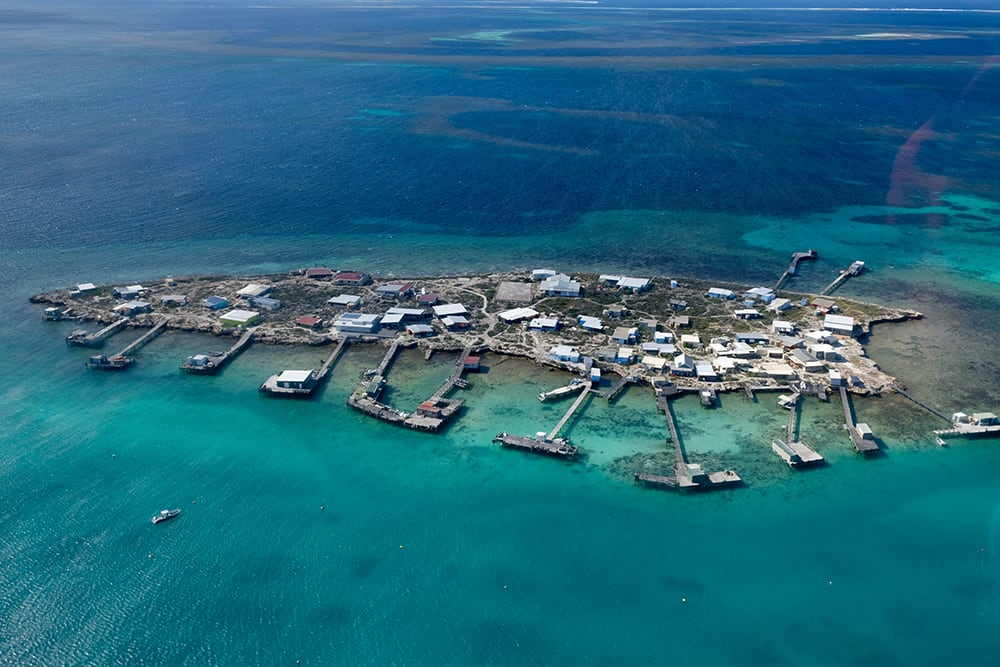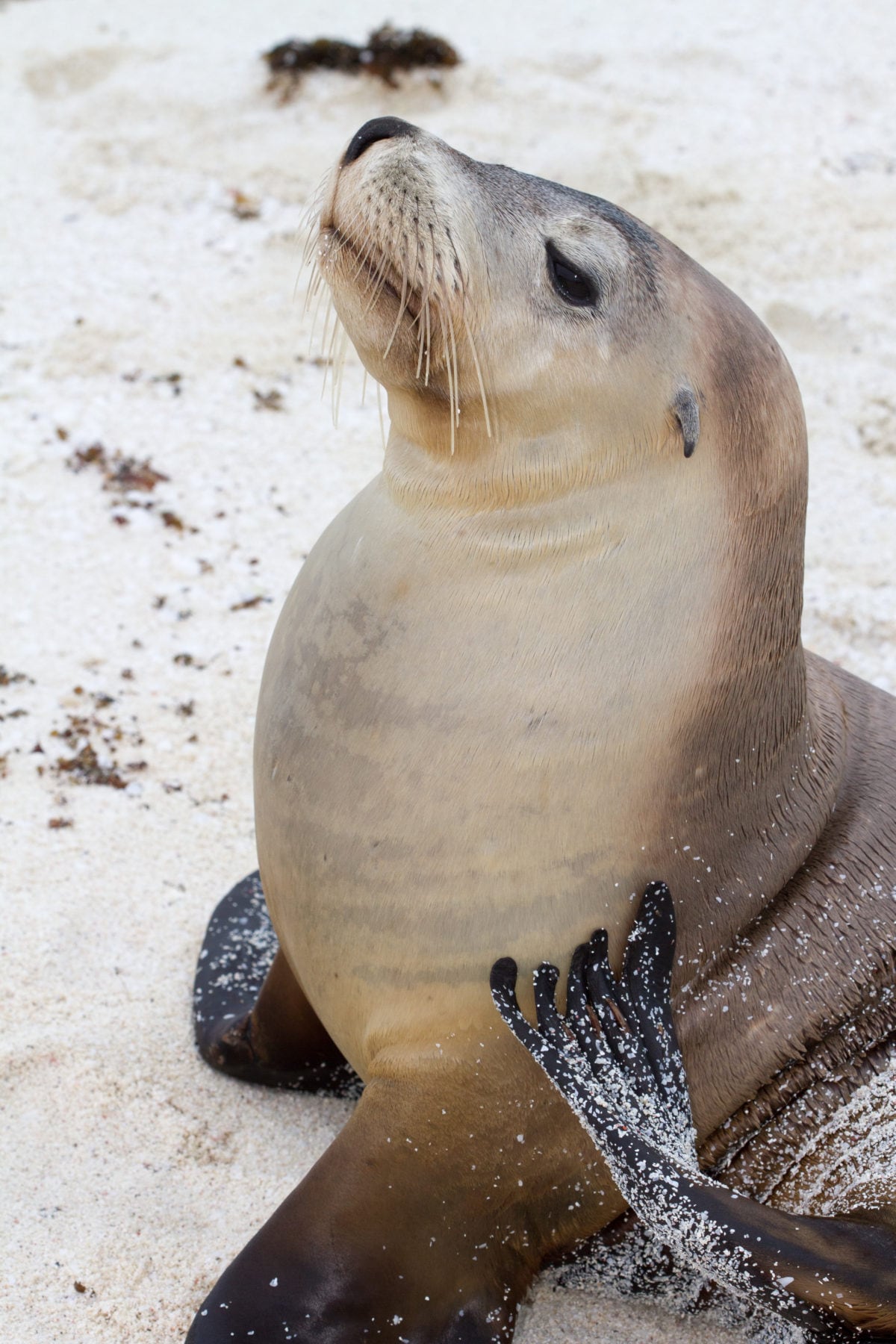Australia's new national park: the Houtman Abrolhos Islands

IT WAS JUST HOURS before dawn on 4 June 1629 when Captain Adriaen Jacobszoon of the Dutch East India Company, the VOC, mistook breaking surf for moonlight glinting on the ocean.
His ship, the Batavia, was carrying the richest cargo ever to leave the Netherlands, plus more than 300 crew, soldiers and passengers.
Smashing into a coral reef at top speed unleashed carnage and mayhem. But for those who survived the shipwreck, their harrowing ordeal was just beginning.
The saga of the Batavia, flagship of the VOC fleet, unfolded at the Houtman Abrolhos Islands (now known locally as the Abrolhos), about 60km west of Geraldton, 400km north of Perth, Western Australia.
This archipelago of 192 islands has since become recognised as a place of exceptional historic and natural values, and in July last year became Australia’s newest national park.
The announcement marked the 400-year anniversary of the first European sighting of the islands.
In 1619 VOC captain Frederick von Houtman stumbled on and mapped the southern half of present-day WA, before strong winds required him to move further offshore for safety.
Almost colliding with these islands, he marked “Abrolhos” on his charts, said to be a contraction of the Portuguese term abre os olhos, meaning “open your eyes”.
Cartographers added “Houtman” to distinguish the WA archipelago from the other Abrolhos Islands, located in Brazil.
As a national park, the islands now fall under the jurisdiction of the WA Department of Biodiversity, Conservation and Attractions, which aims to preserve their outstanding values while encouraging sustainable tourism.
Previously, the archipelago and the waters surrounding it were managed by the Department of Primary Industries and Regional Development’s Fisheries branch as an A-Class marine reserve, within which various zones accommodated the needs of commercial and recreational fishing and conservation. The colourful fishing camps and jetties that dot 22 of the islands remain outside the new park.
To support sustainable tourism, the WA government has committed $10 million for upgrading infrastructure such as the airstrip, boardwalks and shade shelters on East Wallabi Island. A landing dock is being built on Beacon Island. There’ll also be a new ranger base with vessels to help protect the area’s high conservation values.

Why a national park?
“A biologist I met many years ago described the islands to me as Australia’s Galapagos,” says Dr Chris Surman, a marine ecologist who has been researching populations of seabirds here for three decades and is the author of a new book, Houtman Abrolhos: A Natural History.
The Abrolhos, he explains, are at the southern limit for the range of many tropical species, but also the northern limit for many temperate species. He offers Australian sea lions as an example:
“This is the furthest north they go, and you find them swimming around in coral reef gardens, which are the southern-most coral reefs in the Indian Ocean.”
Similarly, white-faced storm petrels and little shearwaters nest here, at the northern limit of their range. Sooty terns, brown noddies and wedge-tailed shearwaters – all of which form some of their largest colonies in Australia on the Abrolhos – are at their southern limit.
The Leeuwin Current brings tropical water south to mix with currents that form the boundary of the Indian Ocean circulation system. This causes the nutrient upwelling behind the productivity driving the Abrolhos ecosystem.Chris has been tracking the seabirds and found they forage off the continental shelf over canyons up to 5000m deep.
Being near this deepwater productivity, the Abrolhos provide a place for seabirds to breed close to food. “This is pretty much the most important seabird breeding place in Australia and, so far, it has not received much attention,” Chris says.

Lobster economy
This natural bounty also fuels the Abrolhos’s most important industry, the West Coast Rock Lobster Fishery. Worth about $430 million a year, it is WA’s most valuable fishery, and the Abrolhos catch is a significant proportion of the total haul.
In 2000 the fishery became the first in the world to be certified as ecologically sustainable by the Marine Stewardship Council. It has since continued to maintain its sustainable status by adapting the way it operates.
Previously, rules controlled the number of lobster pots each licensee could use and fishing was allowed for three and a half months a year.
Due to low numbers of juveniles, the fishery changed in 2009 to be restricted instead by catch and in 2019–20, the total allowable commercial catch was set at 6300 tonnes. Fishers have annual quotas that they can transfer to other licence holders.
Peter Bailey is a third-generation Geraldton fisherman and a board member of the peak industry body, the Western Rock Lobster Council. He explains that before the change to a quota system, fishing camps were set up and had their own temporary communities each March–June. “All the families would go over [to the islands],” Peter says. “My kids were the last generation that went to school over there.”
Lobster fishing is now spread throughout the year. “As successful as the quota [system] has been, that was certainly one of the negatives for the communities,”
Peter says. However, the communities are not dead, and the Easter period, with the best chance of striking calm weather, is still a busy time at the Abrolhos. “My kids are older now, but all want to go to the islands for Easter,” Peter says.
Pia Boschetti also comes from an Abrolhos fishing family and spent her school holidays at Basile Island. “It was a really fun childhood,” she says. “We got to spend a lot of time on the ocean and fishing.” Pia adds that the island is still very traditional. “There are Italians there who still have coffee every day at 3pm,” she says. “They always take the time to have that catch-up.”
In recent years, the aquaculture industry has been making its mark at the Abrolhos. Pia’s family company diversified into farming black-lip pearl oysters, forming the company Latitude Pearls. For Pia, pearling was a steep learning curve, because the only other black pearl industry is in Tahiti. “The guy who did get it started, he’s my now husband,” she says with a laugh.
Community spirit
Pia’s love of the islands prompted her to start the Flotsam and Jetsam Art Competition, in Geraldton. Together with volunteers, she conducts a yearly clean-up of rubbish at the islands, filling her boat with 4t of rubbish. The community converts the trash into art, and the competition attracts a diverse range of entrants.
In July 2019, the art competition linked with a festival celebrating 400 years since the first European sighting of the islands, instigated by local historian and Abrolhos author Dr Howard Gray. “There are two sides to this festival,” Howard explains. “One is the Dutch coming in and ‘discovering’ this land. But the other is that it was an already occupied land – it has been for millennia.”
The local Yamaji word “balayi” means “watch out”, and given the meaning of Abrolhos, the festival was named the Balayi- Open Your Eyes celebration. Among a range of events, Yamaji art, dance and choirs featured, bringing two cultures together.
Howard recommends the Museum of Geraldton and there I learn more about shipwrecks at the Abrolhos. I stare in wonder at the giant assembled stone portico that was once on board the Batavia and which was slated to be a grand new gateway to the Indonesian city of Batavia.
Silver coins intended to fuel the economy of the Spice Islands are here too and I read more details of the infamous story of how a premeditated, bloody mutiny was enacted despite a shipwreck, of Commander Pelsaert sailing in an overcrowded longboat some 2600km to present-day Indonesia, and of his return with a rescue ship.
Despite the many outstanding natural and historic wonders of the islands, tourism at the Abrolhos is still a fledgling affair. Mayor of the City of Greater Geraldton, Shane Van Styn, is passionate about developing a sustainable tourism industry and would like to see diverse facilities across the island group, ranging from camping facilities and more or improved airstrips to moored pontoons for fast-ferry day-trippers.
Shane says that in the short term, unless you own your own boat or have access to a lobster-fishing shack, there are only a couple of ways to visit. The Eco Abrolhos, a low-volume cruise boat run by an ex-lobster fishing family, is one. And there are also charter boats run from Perth or Geraldton.
Visiting the islands
Another popular way to visit the Abrolhos is via a light aircraft daytrip from Geraldton, and I join Shine Aviation to experience a flying visit. I take a seat next to the pilot Jed Young and during the one-hour flight he provides me and three other visitors with fascinating local insights.
Flying directly west into a dark cloud, the first of the islands, the Pelsaert Group, materialises out of the mist. From this height I can clearly see the sudden emergence of kilometres of treacherous reefs and low islands, an advantage not afforded to those ill-fated early sailors. Jed banks the plane and we see fishing shacks on Post Office Island where the mail boat once arrived.
The sun peeps through the clouds as we fly north over the Easter Group, illuminating a spiderweb network of turquoise lagoons and blue holes in the reef, unlike anything I’ve seen before. Through the clear, shallow water, I make out the shapes of stingrays and turtles, and, in deeper water, humpback whales are frolicking.
Historically, extensive guano mining occurred on some islands and we see the remains of several tramways used to transport thousands of tonnes of it to waiting ships. Mining of this seabird waste reduced the height of some islands by 1.5m.
Arriving at the Wallabi Group, we land on the dirt airstrip at one of the more substantial islands, East Wallabi. We stroll the white arc of sand to Turtle Bay, where a shade shelter and composting toilet are the only structures. Jed says the sheltered bay can get busy with private vessels, but today we are the only humans in sight.

We’re not the only life here though and, before we unpack our gourmet picnic, Jed leads us on a nature trail where we find a tammar wallaby under a shrub. This docile species occurs naturally on two islands at the Abrolhos. A mighty white-bellied sea-eagle eyes us from the air, and from a respectful distance we observe the nest it annually renovates.
Lizards scuttle across the track, including the endemic Abrolhos dwarf bearded dragon, while a King’s skink loiters by our picnic shelter. Out in the water, a sea lion glances landward as it passes, and this is my cue to grab a snorkel and take a plunge.
As I swim around a tiny islet, the first thing I notice are the seagrasses. Further out, corals become the dominant feature, with branching staghorn corals, colourful soft corals and bright giant clams. Protruding from under a ledge are several long antennae, and these are attached to six hefty rock lobsters that seem to stare at me seriously.
Back in the plane, Jed points out infamous key sites from the Batavia saga. At West Wallabi Island, we see Australia’s oldest European building – the simple rock fort built by the loyal VOC soldier Wiebbe Hayes and his comrades, as they repelled the mutineers.
Goosebumps rise on my skin as we fly over barren, inhospitable Beacon Island, where about 200 Batavia survivors waged life-and-death battles against thirst, hunger, sexual slavery and murder.
Archaeological surveys here have recovered 21 sets of human remains and brutal weapons. The traitors were eventually hanged on neighbouring Long Island, and nails and iron fastenings from the gallows have been found.
Finally, over nearby Morning Reef, Jed gives us a countdown to look out the window, and there it is – almost 400 years since impact, a gash in the reef amid the breakers where the mightiest Dutch ship of its day lodged into a windy, desolate and starkly beautiful island chain.
The Houtman Abrolhos Islands National Park is a unique place, one that has to be seen to be believed.
This article was first published in Issue 154 of Australian Geographic.

